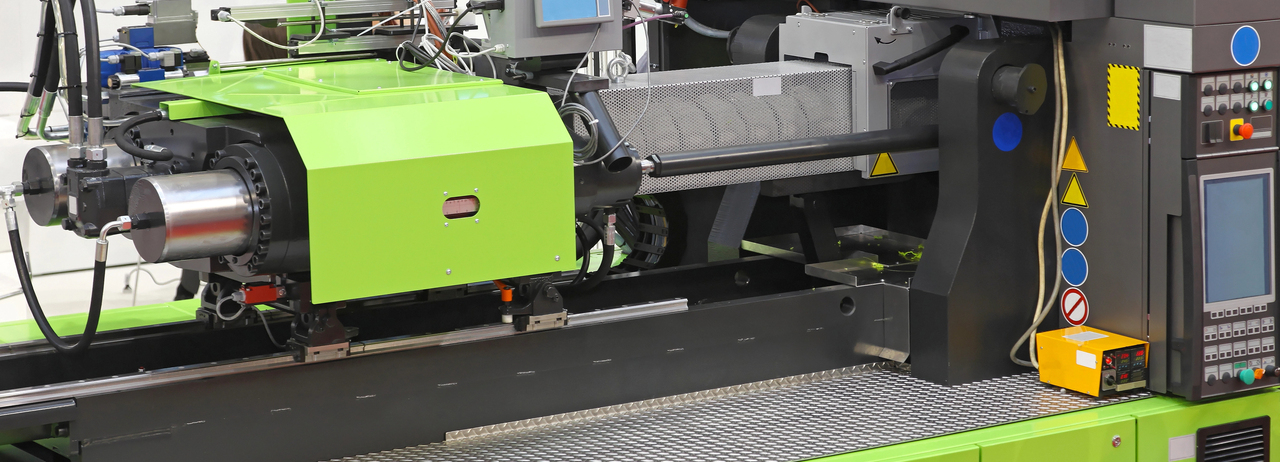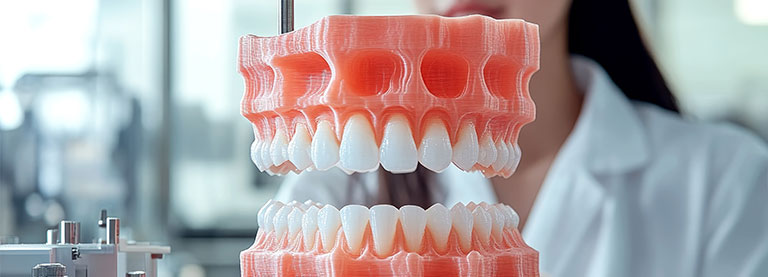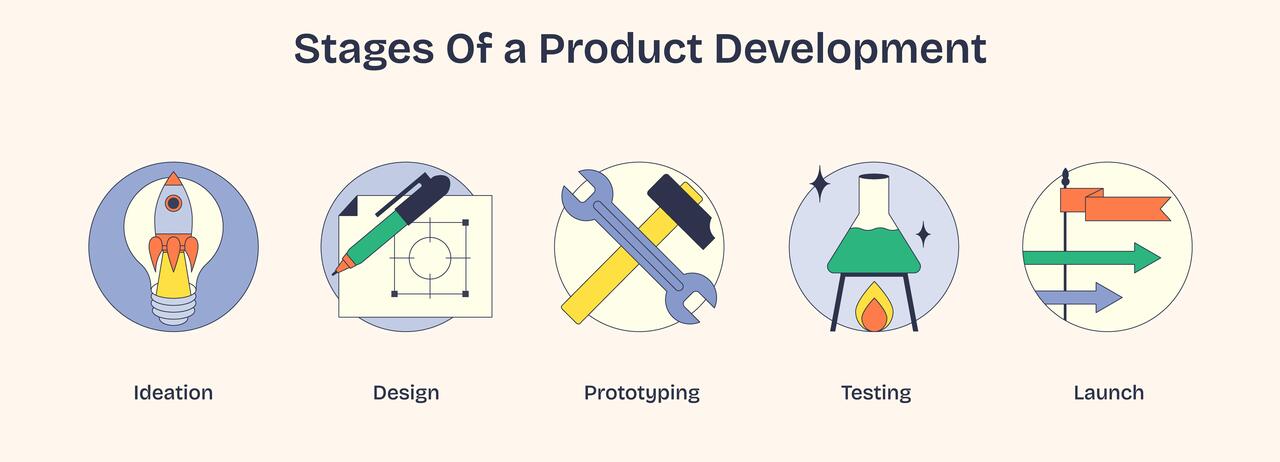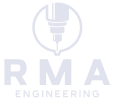
The Ultimate Guide to Choosing the Right 3D Printing Service

Medical 3D printing is rapidly changing the landscape of healthcare by offering customized solutions that cater to individual patient needs. With the ability to create personalized prosthetics, implants, and surgical tools, this technology promises to improve patient outcomes and reduce healthcare costs. Learn about its benefits, applications, and challenges, as well as the role of 3D post-processing services in achieving optimal results.
Advancing Personalized Healthcare
The advent of this technology has led to a significant shift in personalized healthcare. It enables the design and production of custom-made prosthetics and implants that perfectly fit a patient’s unique anatomy. This ability to create personalized medical devices improves the comfort and effectiveness of treatments, reducing the risks associated with standard, off-the-shelf solutions.
Beyond prosthetics, medical 3D printing is used to produce tailored surgical tools and even anatomical models for pre-surgical planning. These models allow surgeons to practice procedures on accurate, patient-specific representations of organs, improving the precision of complex surgeries. Additionally, the technology offers the potential to print biocompatible implants that integrate more naturally with the body.
Patient care is also enhanced through the creation of customized orthotics and braces. These devices, designed to match the exact contours of a patient's body, offer superior comfort compared to traditional mass-produced alternatives. The flexibility in design makes 3D printing an invaluable tool in addressing the diverse needs of patients.
Revolutionizing Prosthetics and Implants
One of the most transformative applications of medical 3D printing is in the creation of prosthetics. Traditional prosthetic devices often require long wait times and may not be an ideal fit for all patients. However, with this technology, prosthetics can be designed specifically for the patient’s anatomy, reducing the time and cost required to produce a functional device.
In the case of implants, 3D printing offers the ability to design structures that are tailored to a patient’s specific condition and anatomy. This is particularly beneficial for patients who require joint replacements, as custom implants can be made to fit the bone structure exactly. These custom implants improve the success rate of surgeries and promote faster recovery times due to their precise fit.
Additionally, it enables the use of a wide variety of materials, such as biocompatible metals and polymers, which are ideal for creating implants that are both functional and durable. By using materials that are specifically suited to the needs of the patient, the longevity and performance of these devices are greatly improved. The flexibility in material selection makes 3D printing a highly versatile option for custom implants.
Enhancing Surgical Planning and Precision
It also plays a significant role in pre-surgical planning. Surgeons can create physical models of patients’ organs and tissues, which can be examined and manipulated before surgery. This allows for a better understanding of the patient’s unique condition and can help in determining the best surgical approach.
By working with a 3D printed model, surgeons can plan complex surgeries with greater accuracy, reducing the risk of complications during the actual procedure. For example, in cases of rare or intricate conditions, 3D models are invaluable tools for rehearsing the surgery and familiarizing the surgical team with the patient’s anatomy. This results in a smoother procedure and improved patient outcomes.
Moreover, medical 3D printing can reduce the time required in the operating room. With detailed, patient-specific models, surgeons can more efficiently navigate complex procedures, ultimately reducing anesthesia time and minimizing recovery periods. This efficiency is particularly important in high-stakes surgeries where time is important.
Applications in Bioprinting
Beyond prosthetics and implants, this 3d printing process is opening doors to the field of bioprinting. This involves printing living cells and tissues to create functional biological structures, with the goal of producing organs or regenerative tissues. Though still in the early stages, bioprinting has the potential to revolutionize organ transplantation and tissue repair.
In the realm of bioprinting, 3D printing technologies are used to create scaffolds that support the growth of living cells, helping researchers build structures that mimic natural tissues. Over time, these advancements could allow for the creation of fully functional organs that could be used in transplants, eliminating the need for donor organs and reducing the risks of organ rejection.
While bioprinting remains a developing field, its promise for the future of medicine is immense. Researchers are working to improve the materials and processes used in 3D printing to make bioprinted organs more viable for human use. As the technology matures, it may one day play a vital role in treating conditions that currently have limited treatment options.
The Role of 3D Post-Processing Services
After a medical device is printed, it often requires post-processing to achieve the desired finish and functionality. This step involves the removal of excess material, smoothing surfaces, and sometimes assembling multiple parts into a final product. Three-dimensional post-processing services are a key component in delivering high-quality, patient-specific devices that meet both aesthetic and functional standards.
The post-processing stage also makes sure that the device is compatible with regulatory standards and ready for clinical use. This may include sterilization, coating, and other treatments to make the product safe and durable for patients. In the case of implants and prosthetics, post-processing is particularly important to achieve a smooth surface that minimizes the risk of irritation or infection when in contact with the body.
Moreover, the post-processing phase can be tailored to meet specific patient needs. For example, a prosthetic device may require customization in terms of color, texture, or surface finish to improve its fit or appearance. The precision and adaptability offered by 3D post-processing services make it a valuable tool in creating high-quality medical devices.
Overcoming Regulatory and Technical Challenges
While it offers numerous benefits, it also faces regulatory and technical challenges. The FDA has specific guidelines for approving 3D-printed medical devices, and manufacturers must comply with these for safety and efficacy. The regulatory process can be slow, which may delay the availability of new, innovative solutions for patients.
One of the primary challenges is maintaining consistency across 3D printed devices. Unlike traditional manufacturing methods, 3D printing can sometimes lead to variations in the final product, particularly when using different materials or printers. Manufacturers must adopt strict quality control measures to minimize these variations and see to it that every device meets the required standards.
Additionally, it is still a relatively new technology, and as such, the industry continues to evolve. New materials, processes, and technologies are being developed to improve the quality and functionality of 3D-printed medical devices. However, as innovation accelerates, it will be best for regulatory bodies and manufacturers to stay aligned for the safety and effectiveness of new products.
Customizing the Future of Medicine
As the field continues to grow, it holds the potential to transform the way healthcare is delivered. Personalized treatments, such as custom prosthetics and implants, are already improving patient outcomes and reducing healthcare costs. The ability to tailor medical devices to fit an individual’s unique needs is revolutionizing healthcare practices.
In the coming years, it is expected that it will expand into more areas of medicine, including bioprinting and regenerative therapies. As the technology matures, the cost of 3D printed devices will likely decrease, making them more accessible to a wider range of patients. This will further drive the adoption of 3D printing in healthcare.
However, challenges remain, particularly in terms of regulatory compliance and the integration of new technologies. Continued advancements in materials and techniques, along with regulatory clarity, will help shape tits future. The potential to change how medical care is personalized and delivered makes this an exciting field to watch.
Integration with Traditional Manufacturing in Healthcare
As medical 3D printing continues to evolve, its integration with traditional manufacturing processes presents both opportunities and challenges. In some cases, 3D printing is used in conjunction with conventional techniques to produce highly customized medical devices, such as implants or prosthetics. This hybrid approach allows for the creation of components that are both tailored to the patient and produced more efficiently. For example, 3D printing may be used to create complex structures, while traditional manufacturing methods handle the production of other parts or finishes.
However, the integration of 3D printing with traditional manufacturing is not without its obstacles. The challenge lies in making sure that both methods work together harmoniously, particularly when dealing with the high standards required for medical devices. For instance, the quality control procedures for 3D-printed components must align with those for traditionally manufactured parts to guarantee that the final product is both safe and effective for clinical use.
Moreover, there may be concerns about supply chain and production workflows. Traditional manufacturing processes are often well-established and highly standardized, while 3D printing is still relatively new and requires flexibility in design and production. This can lead to complications when trying to incorporate 3D-printed devices into the existing medical device supply chain. To overcome these challenges, both industries will need to find ways to blend their strengths and develop new, efficient methods for producing medical devices.
Transforming Healthcare with Custom Solutions
Medical 3D printing has the power to personalize healthcare in ways that were previously unimaginable. If you are looking for expert online 3D printing services to bring your custom healthcare solutions to life, look no further than RMA Engineering, LLC. We specialize in creating high-quality, patient-specific products and support the development of advanced medical solutions.
Contact us today to discuss how our online 3D printing services can support your healthcare innovations. We look forward to working with you to bring your ideas into reality with precision and care.
Recent Posts


The Key Stages Of Product Development: A Complete Guide

How To Design A Product That Stands Out In The Market
Contact Us
For custom quotes please fill out the form below. Or email us at info@rmaengineering.tech.

